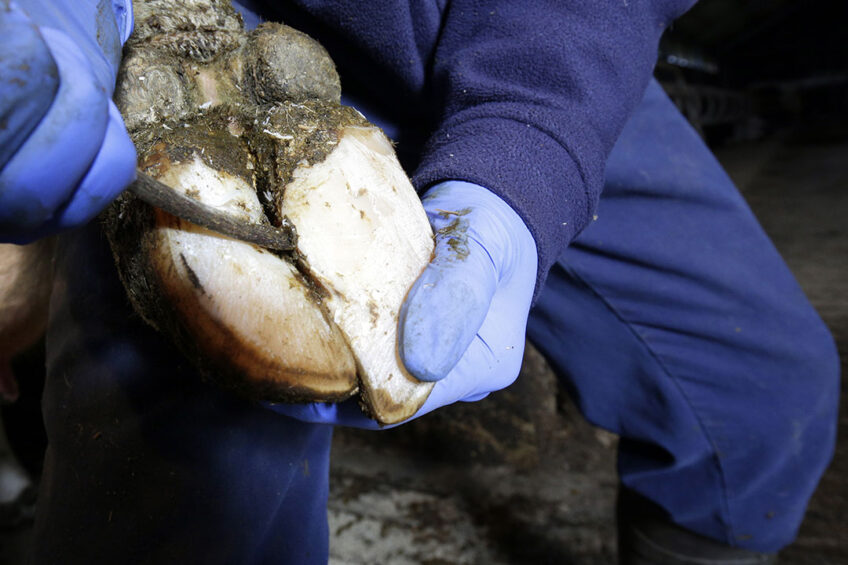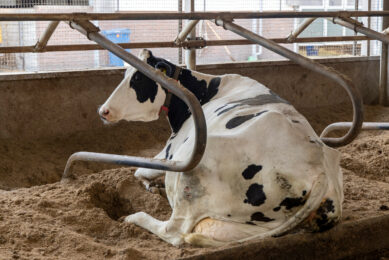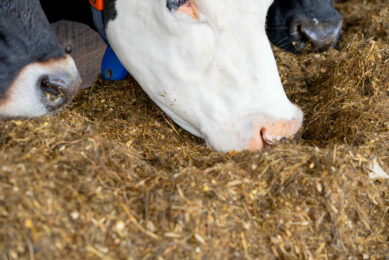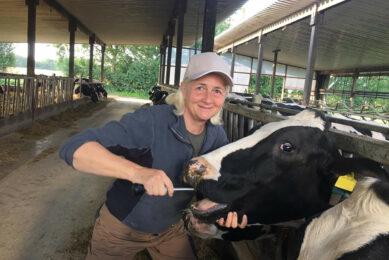Lowering the chances of sole ulcers in cows

According to a recent study, hoof trimming around drying off can be beneficial when it comes to the odds of developing sole ulcers.
A study carried out by Aarhus University shows that hoof trimming around drying off is associated with a 20% lower odds of dairy cows developing sole ulcers in the following lactation, said a news report by Aarhus University.
Although the general recommendation is to trim dairy cows around drying off, about 8 weeks before calving, so far there has been a lack in scientific evidence supporting that hoof trimming should be done at this time.

The study
A study was conducted by senior scientist Peter T. Thomsen, Department of Animal Science, Aarhus University along with SEGES and University of Copenhagen on the association between hoof trimming around drying off and occurrence of sole ulcers in the following lactation. The researchers retrieved data for the study from the Danish Cattle Database from 2013 to 2017. The study included 621,228 hoof trimmings which occurred in Danish dairy herds.
According to the results, 6.2% of the cows had sole ulcers during the first 6 months after calving. Among cows hoof trimmed around drying off, 5.5% had sole ulcers compared to 6.6% of cows not trimmed around drying off. What could be seen was 20% lower odds of sole ulcers in the following lactation for hoof trimmed cows.
Late gestation hoof trimming increases abortion riskA study has shown that hoof trimming during the late gestation period, ups the chances of abortion in dairy cows.
Analysis further indicated that cows with previous episodes of sole ulcers had increased odds of developing sole ulcers again. Also, odds of sole ulcers were higher in older cows, for example, sole ulcers were found in 3.7% of second-parity cows compared to 10.3% of cows having calved 4 times or more. Within each parity, the same positive effect of hoof trimming around drying off was found, with very small differences between breeds.
It should be noted that trimming too close to calving may be related to a higher risk of abortion.
| Sole ulcers in a nutshell Signs of sole ulcers include lameness, pain, bruised sole surface. Bleeding associated with sole bruising can also occur. Sole ulcers are one of th leading causes of lameness in dairy cows. It occurs when the structures supporting the pedal bone are damaged and weakened. Sole ulcers commonly affect one or both of the outer hindclaws. In terms of treatment, sole ulcer lesions need to be trimmed carefully by an experienced trimmer. Peventative methods include ensuring that the nutrition needs of the animal is met, good comfort levels in housing should also be a priority and regular foot trimming sessions should be scheduled. |
Source: Linda Søndergaard Sørensen, Aarhus University
For the full study: Sciencedirect
Join 13,000+ subscribers
Subscribe to our newsletter to stay updated about all the need-to-know content in the dairy sector, two times a week.










